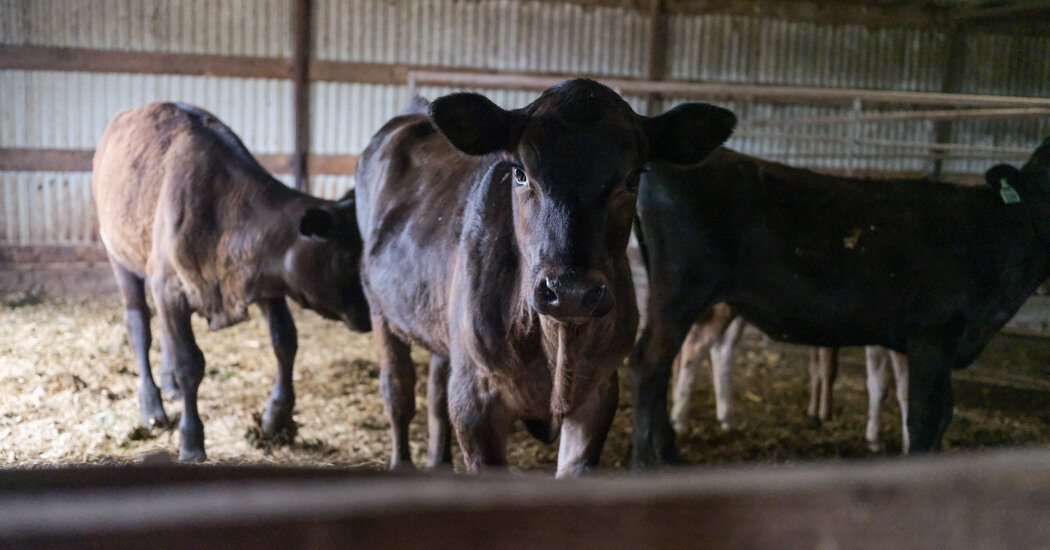Scientists say that findings from a small experiment lend hope the outbreak among dairy cattle can potentially be contained.
Ever since scientists discovered influenza infecting American cows earlier this year, they have been puzzling over how it spreads from one animal to another. An experiment carried out in Kansas and Germany has shed some light on the mystery.
Scientists failed to find evidence that the virus can spread as a respiratory infection. Juergen Richt, a virologist at Kansas State University who helped lead the research, said that the results suggested that the virus is mainly infectious via contaminated milking machines.
In an interview, Dr. Richt said that the results offered hope that the outbreak could be halted before the virus evolved into a form that could spread readily between humans.
“I think this is good news that we can most likely control it easier than people thought,” Dr. Richt said. “Hopefully we can now kick this thing in the behind and knock it out.”
The findings have yet to be posted online or published in a peer-reviewed science journal.
Seema Lakdawala, a virologist at Emory University who is researching the virus on dairy farms and was not involved in the new study, cautioned that breaking the transmission chain would require serious changes to how farmers milk their cows.
“It’s really great that these results are coming out,” she said. “But this is a real logistical problem.”
